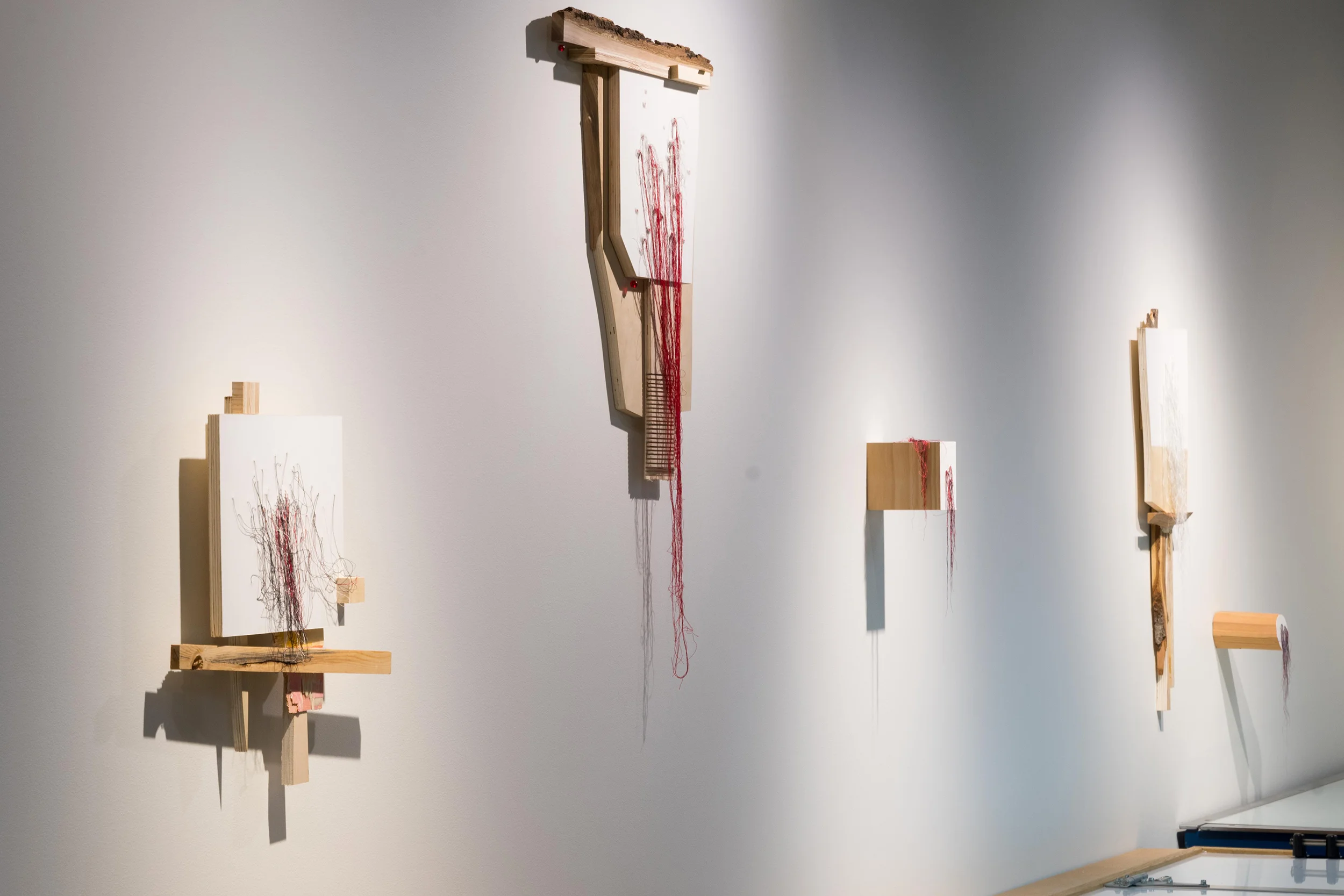nine-tenths, monoprint, inkjet, found image
My practice is governed less by a given theme than by the pursuit of certain tendencies and preoccupations. There is a tendency towards, even an embracing of, inefficiency, of allowing time and human effort to make their way into the work, a desire to approach perfection by imperfect means. There is a tendency toward focusing on what Soichi Ida called “what’s happening in the between,” on interstices and byproducts of process. I am fascinated by gaps, by the dotted line, the incomplete square, not as exercises which can be overcome by the mind, but as means of resisting closure.
I think of printmaking as a back door to image making. For me, the activity of printing functions in a way analogous to William Kentridge’s walk between camera and drawing; it is the space provided by the processes, the space between manipulating the plates and the way the ink rests as I pull back the blankets, that allow the work to shift in unanticipated directions. Highpoint itself has also been integral to the evolution of my prints. At Highpoint I have received the bulk of my printmaking education, first as a studio intern and now through exchange with fellow co-op members and staff. The work I make reflects not only the knowledge I have gained here, but also the neighborly precision of the pro shop, conversations with fellow printers, and the beauty and efficiency of the space itself.
My most recent work arose around a preoccupation with the activities of light, particularly the way light falls across and defines the back-and-forth surface of window blinds. These horizontal bars of aquatint have become a framework for investigating the effects of simple omissions and dislocations, holes and shifts. My hope is to maintain, throughout these deletions and relocations, a steady oscillation, an image that hesitates on the point of settling.






























